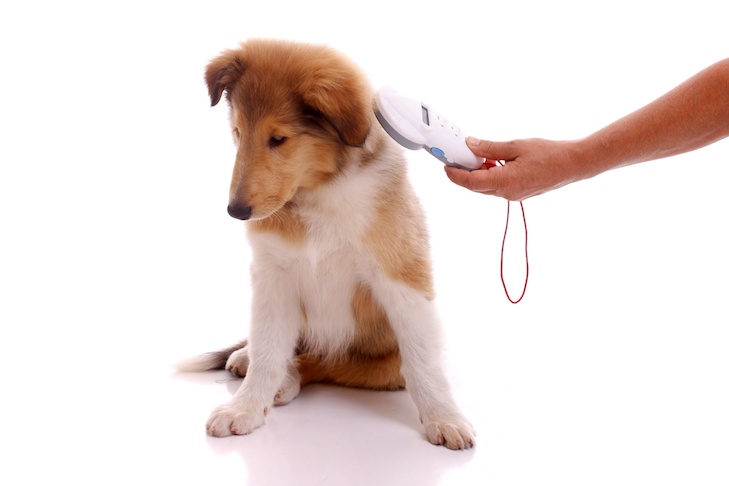Microchipping your dog or cat is the most effective way to help ensure their return should they become lost or missing. It is a quick process that does not require anesthesia or surgery and is as painful as a regular injection.
While there is a good chance you’ll find your pet if they’re wearing a collar and tags, it’s always possible that the collar may come off or that they weren’t wearing it when they went missing. Having a collar on your pet is an important step you should also take, as it is most likely that a regular citizen will be the first to find your lost pet, and they will not have a scanner to check for a microchip.
Losing a much-loved member of your family is something we all want to avoid, and microchipping your pet is another step you can take to help avoid that heart wrenching situation.
Most veterinarians and animal shelters can implant a microchip. Getting the microchip is only the first step though, you must register with the microchip company! Some companies charge a one-time fee to register, while others have an annual fee. If your company charges an annual fee, be sure to renew your membership every year.
After you have the chip registered, be sure to update any changes through that company such as an address or phone number change to ensure you are contacted should your missing pet be found, and their chip scanned.
According to the American Veterinary Medical Association, A study of more than 7,700 stray animals at animal shelters showed that dogs without microchips were returned to their owners 21.9% of the time, whereas microchipped dogs were returned to their owners 52.2% of the time. Cats without microchips were reunited with their owners only 1.8% of the time, whereas microchipped cats went back home 38.5% of the time.

